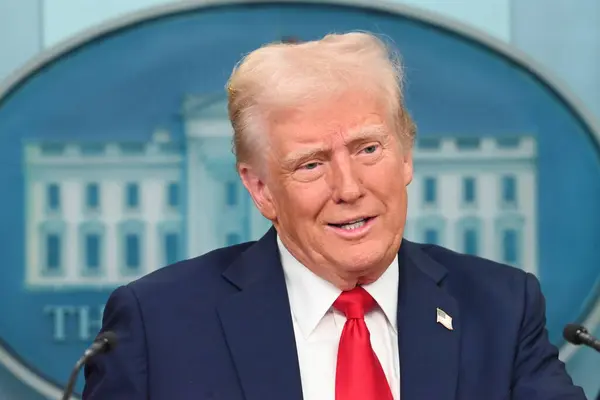
Could a few strategic agreements rewrite the balance of power in one of the world’s most tightly controlled supply chains? That is the question facing policymakers and industry leaders as U.S. President Donald Trump returns from a whirlwind Asia tour, having inked rare earth and critical minerals deals with Japan, Australia, Malaysia, Thailand, Vietnam, and Cambodia. The timing is deliberate-days before high-stakes talks with Chinese President Xi Jinping-yet the challenge is formidable: China still controls roughly 70% of rare earth mining and 90% of processing, a dominance built on decades of technical mastery, state-backed investment, and regulatory leniency.
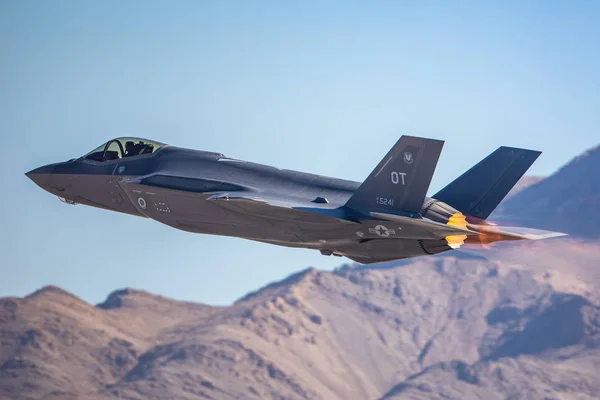
1. The Strategic Context of Rare Earths
The 17 metallic REEs, which are divided into light and heavy, also are essential to advanced manufacturing and defense, providing power to everything from F-35 fighter jets and Virginia-class submarines to Tomahawk missiles, wind turbines, and electric vehicles. One F-35 uses more than 900 pounds of REEs; a single Virginia-class submarine requires about 9,200 pounds. Mining isn’t the bottleneck; midstream stages such as separation, refining, and magnet manufacturing are where China has near-total control because of its expertise in solvent extraction and an integrated value chain.
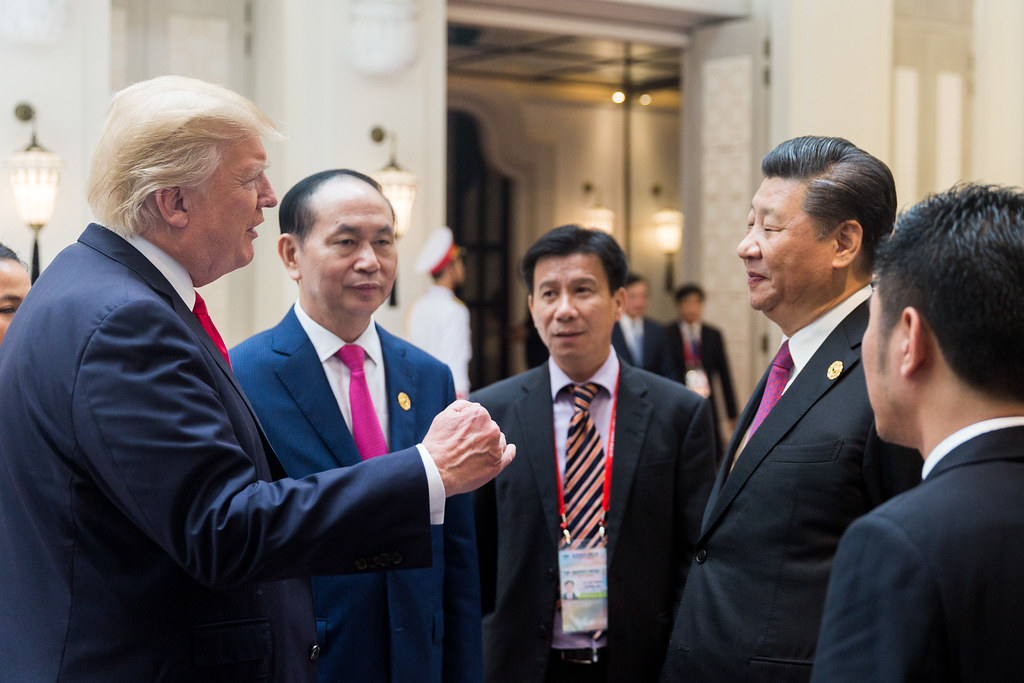
2. Trump Asia Agreements
The Japan–U.S. framework goes furthest, featuring commitments to joint financing and stockpiling, as well as a Rapid Response Group to help manage supply shocks. Japanese precision processing and magnet fabrication capabilities complement U.S. resource access and scaling potential. Deals with Malaysia, Thailand, Vietnam, and Cambodia are thinner on detail Malaysia’s is notable for hosting Lynas Rare Earths’ Kuantan separation plant, the only major facility outside China but most are nonbinding MOUs. Australia’s $8.5 billion agreement builds off its geological endowment and established mining sector, aiming to expand domestic processing and magnet manufacturing.
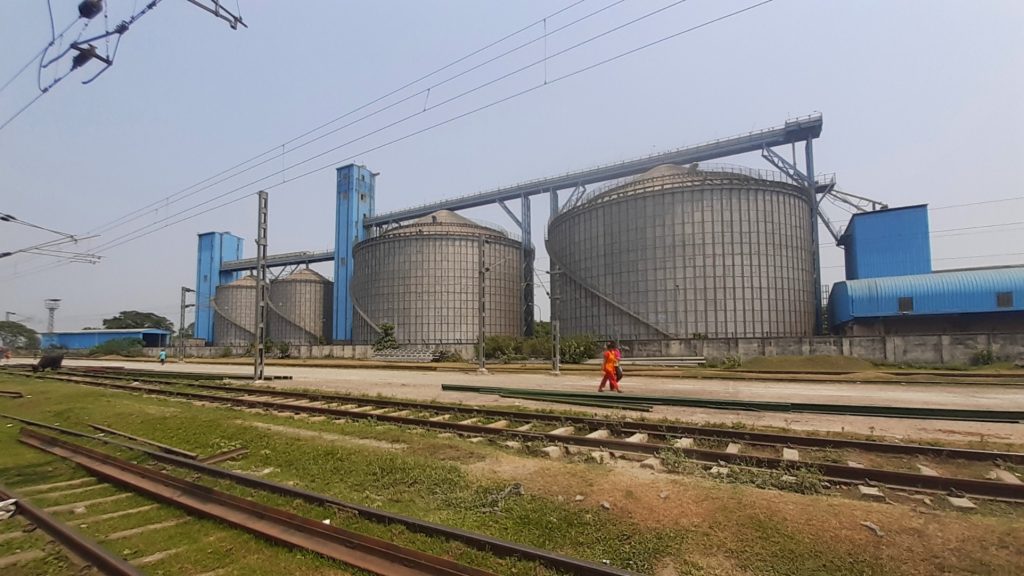
3. The Cost and Regulatory Barrier
It is expensive to build processing plants outside of China. Patrick Schroder of Chatham House cites higher capital costs, more onerous environmental legislation, and more expensive labour and energy inputs in the US, Europe, and Australia. REE processing generates radioactive waste, strong acids, and heavy metals; every tonne of output can generate a tonne of radioactive residue and up to 12,000 cubic metres of waste gas. In countries with stringent environmental laws, the permitting timeline for refining projects is usually 7–10 years, making rapid scale-up unlikely.

4. China’s Countermeasures
Beijing has weaponized that dominance: In 2023, it banned exports of rare earth processing technology; in 2025, it expanded export controls to magnets containing even trace amounts of Chinese-origin REEs. The rules affect foreign defense supply chains and advanced semiconductor industries, the exports of which may be subject to licenses that can be delayed or denied. By putting restrictions on the movement of Chinese technical experts abroad as well, Beijing protects its intellectual property while slowing rival capacity growth.
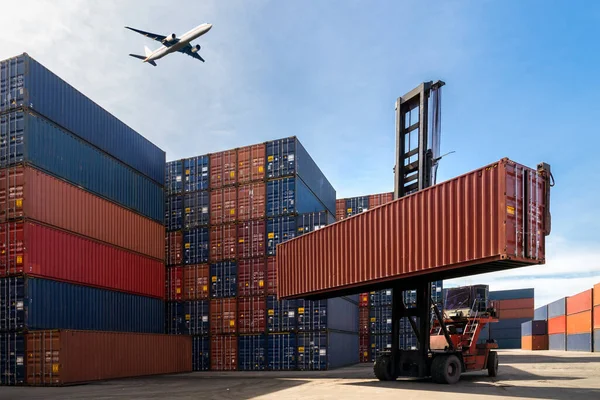
5. Allied Supply Chain Architecture
This emerging network links resource-rich partners with processing and manufacturing hubs: Australia provides upstream feedstock, Japan downstream magnet expertise, Malaysia established separation capacity, and Vietnam untapped reserves. The U.S. anchors demand and capital. Coordinated standards, financing, and logistics will be necessary to make these nodes interoperable. If they do not integrate, projects risk becoming symbolic rather than commercially viable.

6. Technological Innovation in Processing
China has had decades to perfect the process of solvent extraction, and that is something Western companies quite simply cannot match. Work is underway on alternatives: DARPA’s EMBER program researches microbial bioengineering approaches for the separation of REEs, targeting sustainability and selectivity. While promising, scalability for such technology is at least four to five years away. Until such methods mature, allied nations must either license existing technology or invest heavily in R&D to close the gap in expertise.
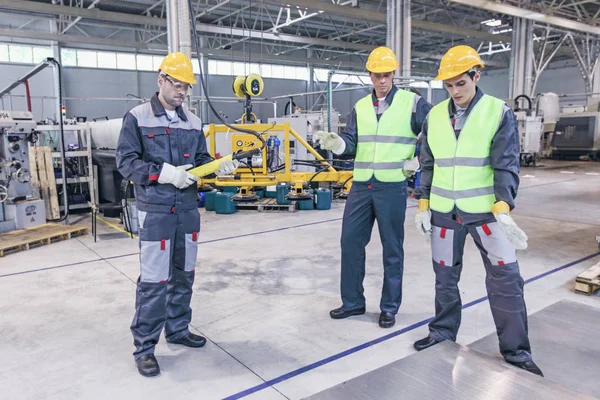
7. Building Domestic Capacity
The US Department of Defense has invested over $439 million since 2020 in MP Materials, Lynas USA, and Noveon Magnetics, among others. Domestic projects, including those targeting both light and heavy REE separation and magnet manufacturing, are coming online in Hondo, Seadrift, Fort Worth, and San Marcos, Texas. MP Materials’ “10X Facility” will take magnet output from 1,000 metric tons in 2025 to 10,000 in a decade’s time, underwritten by a price floor of $110/kg for NdPr and guaranteed Pentagon offtake.
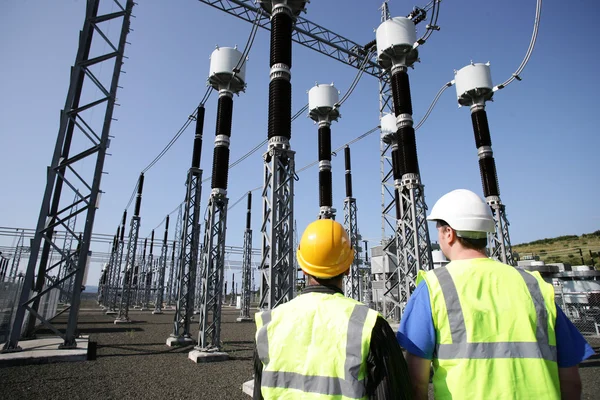
8. Environmental and Infrastructure Challenges
The processing of REEs requires great volumes of water and energy. Producing one kilogram of yttrium can consume nearly 30,000 kilograms of water. Infrastructure for transport, waste management, and energy supply is crucial. High energy costs in Australia impede low-cost processing, while Saudi Arabia, with its ultra-cheap renewable power, positions itself to be a potential hub. Environmental stewardship must square with the drive toward industrial competitiveness in countries.
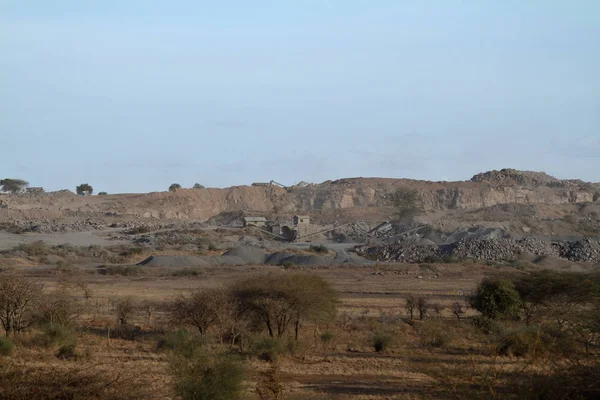
9. The Long Path to Independence
Even with aggressive investment, it will take years to break China’s grip. Benchmark Minerals projects only marginal declines in China’s processing share by 2028. The U.S. still exports over 95% of domestically mined REEs to Asia for processing. Without midstream and downstream capacity, new mining projects will feed directly into China’s control.
Execution, not diplomacy, will determine the contest over rare earths. Trump’s Asia deals laid the ground for diversification, but cost discipline, technology transfer, and environmental management will be what determines whether allied nations can match China on scale, efficiency, and control of the value chain.

